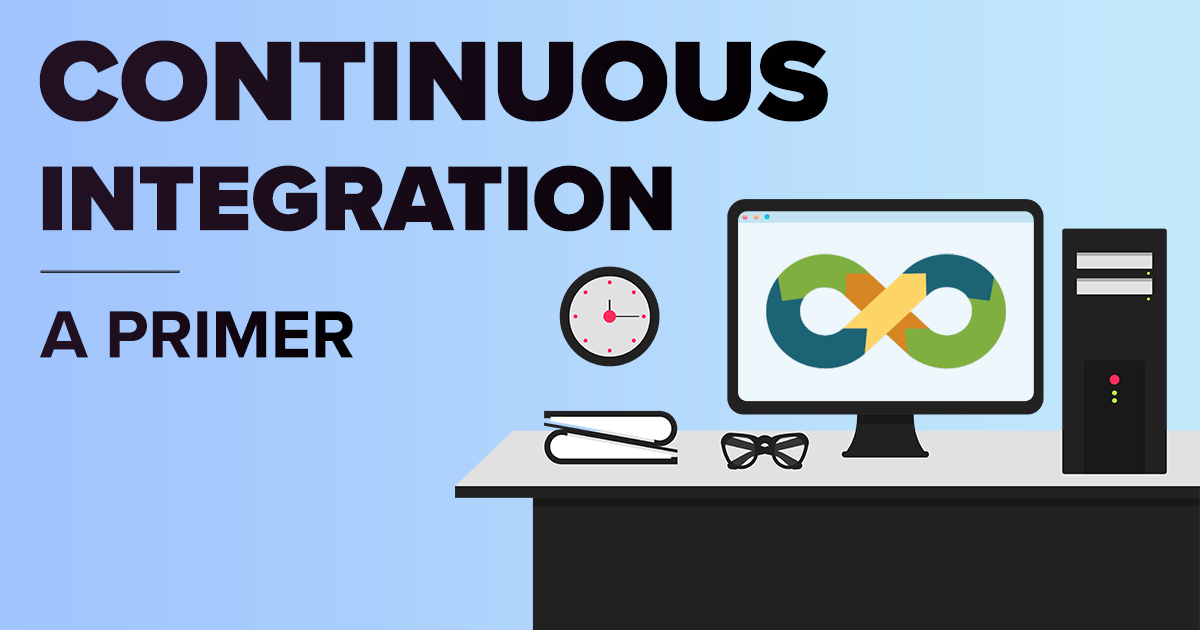Prioritize Project Tasks Using the MoSCoW Technique
November 14, 2019 7:03 am | by Jyotsana | Posted in Tech
One of the biggest challenges of the work environment is task management. CEOs aided by Business Developers can clinch lucrative projects owing to the company’s reputation and the team’s skills.
But delivering a project within the given timeframe and cost isn’t easy for a company involved in software development.
Agile software development techniques like Scrum, Kanban, XP, Lean Development help companies in project management by keeping all the stakeholders on the same page.
And nothing on, how to identify tasks that should be completed first and tasks to be kept on the backburner (or hold!).
MoSCoW Technique came to the rescue.
MoSCoW is a task prioritization technique that helps project managers and software development teams divide tasks under different categories. The entire exercise is based on a common understanding between the development team and various stakeholders.
The MoSCoW method of task prioritization was founded by Dai Clegg in the year 1994 while he was working for the software development giant Oracle.

As per the method, tasks are prioritized under four categories:
- M, which stands for Must have
- S, which stands for Should have
- C, which stands for Could have
- W, which stands for Would have
It is to be noted that this technique never conveys that activity of least importance should be left untouched.
The presumption is that all requirements are crucial to the project, but of them all, tasks that deliver the greatest and most immediate business benefits are to be completed first.
The different categories under MoSCoW are described as follows:
| Must Have |
As the name suggests, these are those project requirements that should be completed for the project to be called a success. Even if a single item from the must-have list is not performed, the project delivery will be termed as failure. |
| Should Have | These project requirements are a step below the must-have requirements. They are considered important to the project delivery, but if the time frame does not allow, then their delivery can be shifted to the future release. Their inclusion is vital to the delivery but can be excluded to accommodate pending must-have requirements. Some examples can be minor bug fixes, improvements, etc. |
| Could Have | The could have requirements are often called nice-to-have requirements as they are important but not necessary. These tasks are undertaken by the team only if they do not have much impact on time and cost constraints. |
| Would Have | This category is also referred to as will-not-have-this-time requirements, where the stakeholders agree to delay certain tasks for future development. |
Over to You.
We hope that after going through the article, you’ll be able to use Agile methodologies more productively. On the other hand, if you’ve been practicing MoSCoW with Agile for a long time, then we’d like to hear from you. Share your exclusive learning with us and our readers through the comment box given below.
Written by Jyotsana
Manager, Client Solutions
Jyotsana has a wide experience in customer relations in the software industry. She completed her MSc in Business Administration from the University of Amsterdam in year 2018. When not being a super awesome manager, Jyotsana likes to mentor hearing and/or vocally impaired children in a public school in the city. She believes in being kind. Her forever-passion: #saveearth




